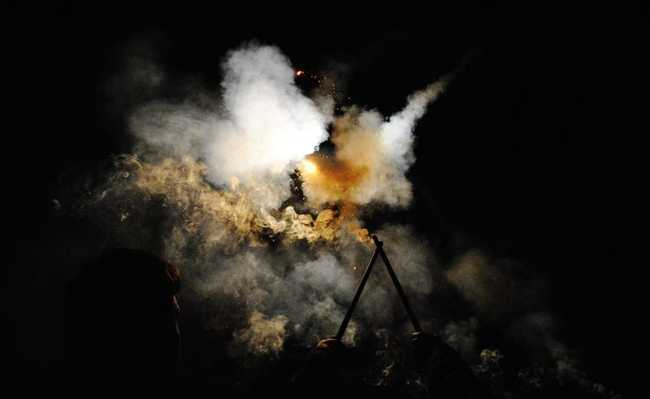The colors of effluents: understand the differences between gray water and black water
The nomenclature according to the colors of the water indicates its origin and facilitates the treatment

Have you ever heard of gray water and black water? The first is the effluent that comes from washing machines, showers and bathroom sinks; the second is that from toilets. Both types are considered effluents that make up the domestic sewage, but they are differentiated by the place of generation and composition and can be reused. There are still some references that use the term yellow water for effluents containing only urine.
The effluent that contains feces, urine and toilet paper is generated in the bathroom of the homes and has pathogenic microorganisms that need to be removed by treatment, as they can harm human health and the environment.
Some definitions also classify water from the kitchen as black water, due to the high concentration of organic matter and oils present in the effluent.
The effluent that does not have a contribution from the toilets is considered gray water, as already explained, it is the water used in washing clothes, bathroom sinks and showers. As the composition of this water does not have so many components that are harmful to health and the environment, the treatment is relatively simple, depending on the purpose of reuse and it can be installed at home.
There are references that subdivide the terminology of this effluent into light and dark. The light gray effluent is the one that does not include wastewater from kitchen sinks in its composition, hence the lighter color. The dark gray effluent includes water from kitchen sinks and dishwashers, which makes it dirtier, therefore dark due to the amount of impurities found.
Treatment and reuse
This differentiation between colors is important because it facilitates the characterization and final treatment of the effluent: gray water needs a simpler treatment, whereas black water needs a more complex treatment. The segregation of each type of effluent at the generation source allows the proper treatment of effluents, being the solution to improve efficiency in water reuse. Changes to the hydraulic structure are therefore necessary to separate the two main water colors, preventing any contact between them.
As water from baths, washing machines and bathroom sinks represent the largest share of domestic effluents, the separation of the two types of effluents considerably reduces the volume of sewage, allowing treatment plants to be more compact and decentralized.
There are several types of treatment for the reuse of black and gray water. Physical treatments consist of applying filters to remove solid particles. Physical-chemical treatments use filters and chemical products for coagulation, flocculation or disinfection. Biological systems are natural processes in which microorganisms degrade organic matter, such processes can be accelerated.
Within each type of treatment there are several technologies for the treatment of black and gray water. The treatment of black water at home is still not very common, due to the danger and complexity of the steps in the treatment. Therefore, the most common is the disposal of this effluent in the sewage collection network.
The reuse of gray water is simpler - there is the possibility of implementing a treatment system in the residence itself. There are specialized companies that design the compact Gray Water Treatment Plant (Etac) with the most adequate process according to the volume of generated effluent and reuse purpose.
Problems
A major problem is the lack of federal legislation on reuse water, which makes it difficult to standardize treatment and the final parameters to be achieved. The NBR 13969 of 1997 regulates the reuse of treated domestic sewage, that is, black water. However, it says that the water generated in washing machines can be used to flush toilets after only going through a disinfection process (which can be the simple addition of chlorine). Other water quality parameters are presented depending on use and contact with the user.
This raises questions such as: does gray water really need treatment to be reused for non-drinking purposes? The IPT manual, on the reuse of this type of water in emergency situations, advises users to collect bath and washing machine water and treat it only with bleach and reuse it for non-potable purposes, such as car washing and floors, garden irrigation and flushing into toilets with as little contact with water as possible.
Therefore, legislation guiding the reuse of water represents an incentive to this practice, as it will facilitate the classification of water colors and the installation of an appropriate and standardized system. By reusing water, users are reducing the consumption of water from the supply networks, reducing the demand for sewage treatment plants and, consequently, saving natural resources.
Watch the video about reusing water in the bathroom.
Source: Fiesp and Ufes










